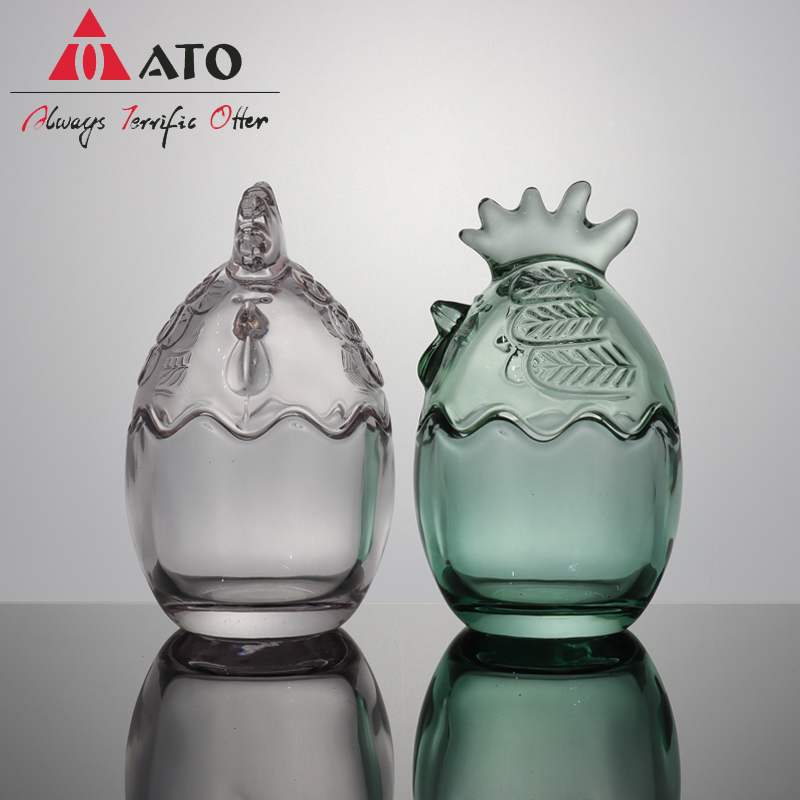The most common method used to check the print quality during the printing operation when printing samples. Whether it is monochrome printing or color printing, the operator must often use his own eyes to repeatedly compare the printed product with the sample to find the difference between the printed product and the sample, correct it in time, and ensure the quality of the printed product. The following issues deserve our attention when printing samples.
One: The intensity of light directly affects the judgment of the color of the printed sample
The intensity of light not only affects the brightness of the color, but also changes the appearance of the color.
We usually observe a light-receiving cylinder. The light-facing side is bright, and the backlight side is dark. The combination of light and dark is the middle tone.
The same object is a positive color under a standard light source. If the light gradually becomes stronger, its hue will also change to a bright hue, and the brightness will be enhanced to a certain degree. Any color can become white. The reflection point of black porcelain is also white, because the light at the reflection point is concentrated and strongly reflected. In the same way, light gradually diminishes, and various colors change to a hue with low lightness. When the light weakens to a certain degree, any color will become black, because the object does not reflect any light is black. Table 1 shows the effect of light intensity on color.
The sample table in the printing workshop must meet the requirements. Generally, the illuminance needs to reach about 100LX to correctly identify the color.
Two: there is a difference between seeing samples under colored light and seeing samples under daylight
In the actual production, most work under the illumination of the power supply, and each light source has a certain color. This brings certain difficulties to the correct judgment of the color of the original or product. When viewing under shade, the color change is generally the same color becomes lighter, and the complementary color becomes darker, such as: viewing under red light, red to lighter, yellow to orange, green to change Dark, blue becomes dark, white becomes red.
Look under the green light, green becomes lighter, blue becomes lighter, yellow becomes greenish yellow, red becomes black, white becomes green.
Viewing under yellow light, yellow becomes lighter, magenta becomes red, cyan becomes green, blue becomes black, and white becomes yellow.
Viewing under blue light, blue becomes lighter, blue becomes lighter, green becomes darker, yellow becomes black, white becomes blue.
In the printing workshop, fluorescent lamps with high color temperature (3500 ~ 4100K) and good color rendering coefficient are generally selected as the sample light source, but it should be noted that the fluorescent lamp is slightly bluish purple.
Three: look at the sample first and then the printed product and the printed product and then the sample, the results will be slightly different
It feels different when I look at a color twice. This phenomenon is called successive color contrast reaction, and the changes are shown in Table 2.
Why is there a color contrast reaction? This is because the first look at the color excites the colored nerve fibers of that color, and then immediately looks at other colors. The other colored nerves quickly excite and cause color perception, while the colored nerves that look at the color are in a state of inhibition after excitement, and then excited Slower, causing a negative hue reaction. This reaction, together with the hue of the new color, forms a new color, so the color is changed after the change. And the hue of the change is still regular, it is to look at the complementary color of the color first.
Understand the problems in the above three aspects and understand their changing rules. We should pay attention when we actually look at the samples, so as to ensure the stability and improvement of the quality of the printed products.
The tendency of the color of the gaze to look first and then to look
Red yellow green blue purple white
Red Clay Red Green Flavor Yellow Fresh Green Cyan Blue Emerald
Yellow Purple Flavor Red Gray Yellow Green Green Fresh Blue Purple Slight Purple
Green bright red orange gray green purple red purple magenta
Blue orange golden yellow green gray blue red purple light orange
Purple Orange Lemon Yellow Yellow Green Green Blue Gray Purple Green Yellow
A candy jar glass is a type of container made of glass that is specifically designed for holding and displaying various types of candies. It typically has a wide opening at the top for easy access to the candies and a lid or cover to keep them fresh. Candy jar glasses come in various shapes, sizes, and designs, ranging from simple and plain to decorative and ornate. They are commonly used in homes, offices, and stores as a decorative and functional way to store and serve candies.

Candy Jar Glass,Glass Sweet Jars,Candy Jars With Lids,Decorative Candy Jars
Xi'an ATO International Co., Ltd , https://www.xianato.com